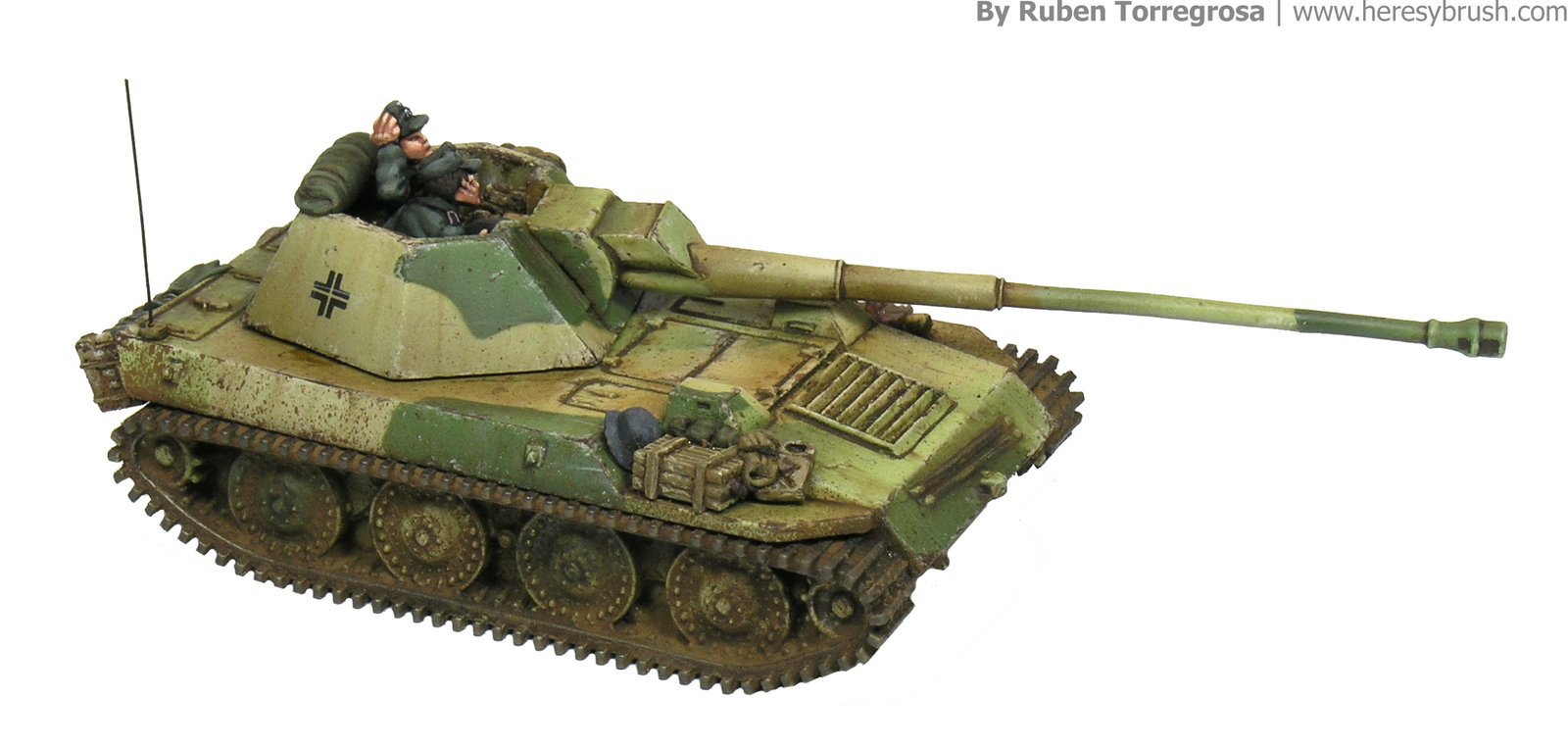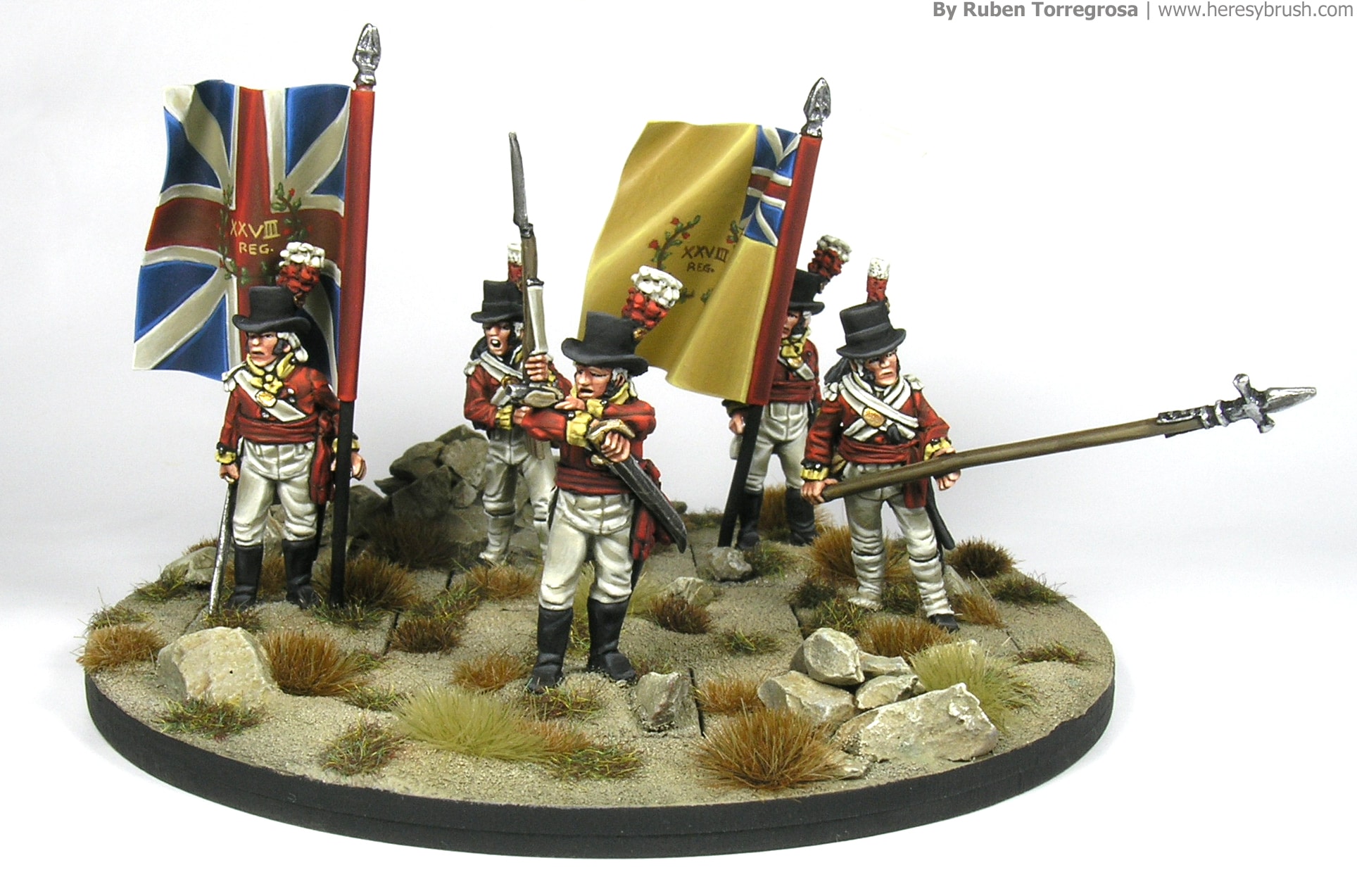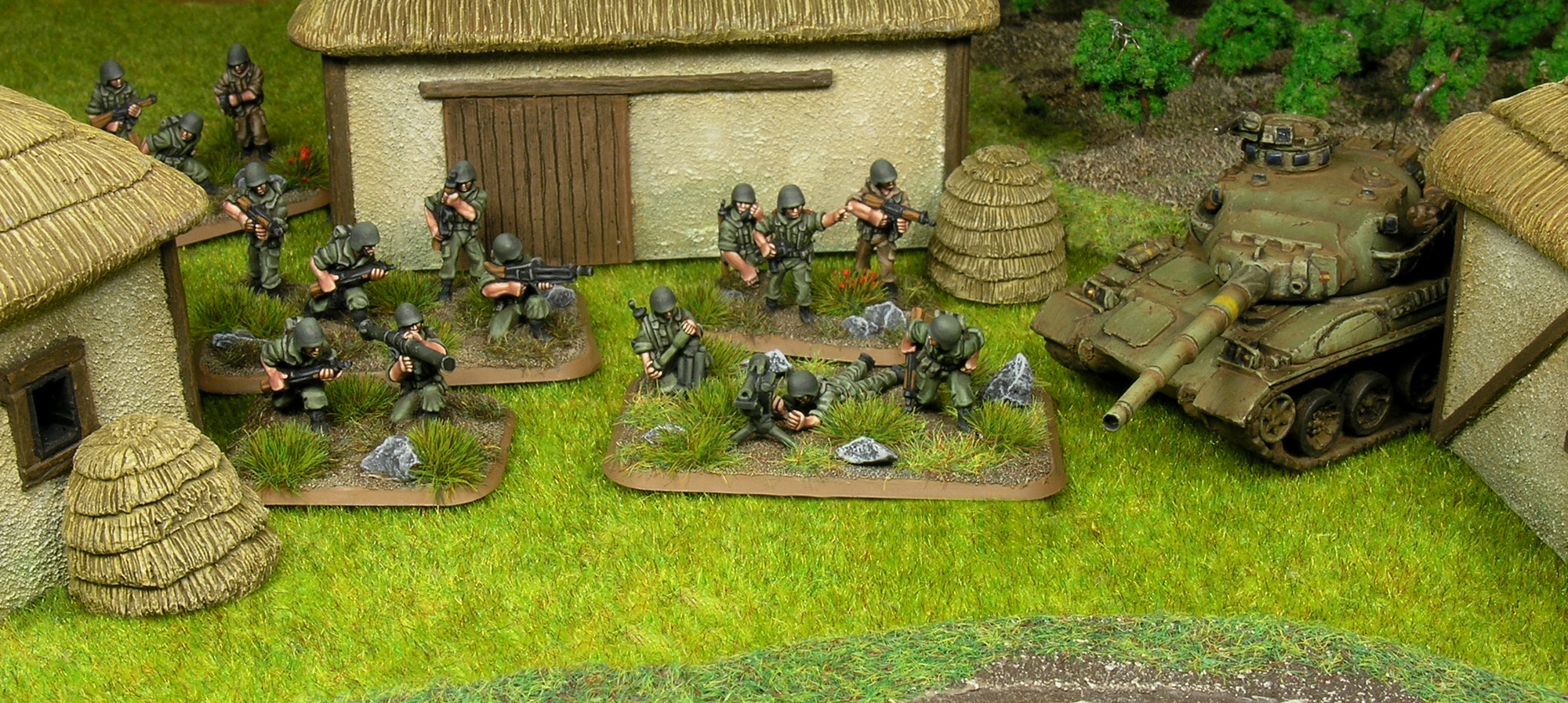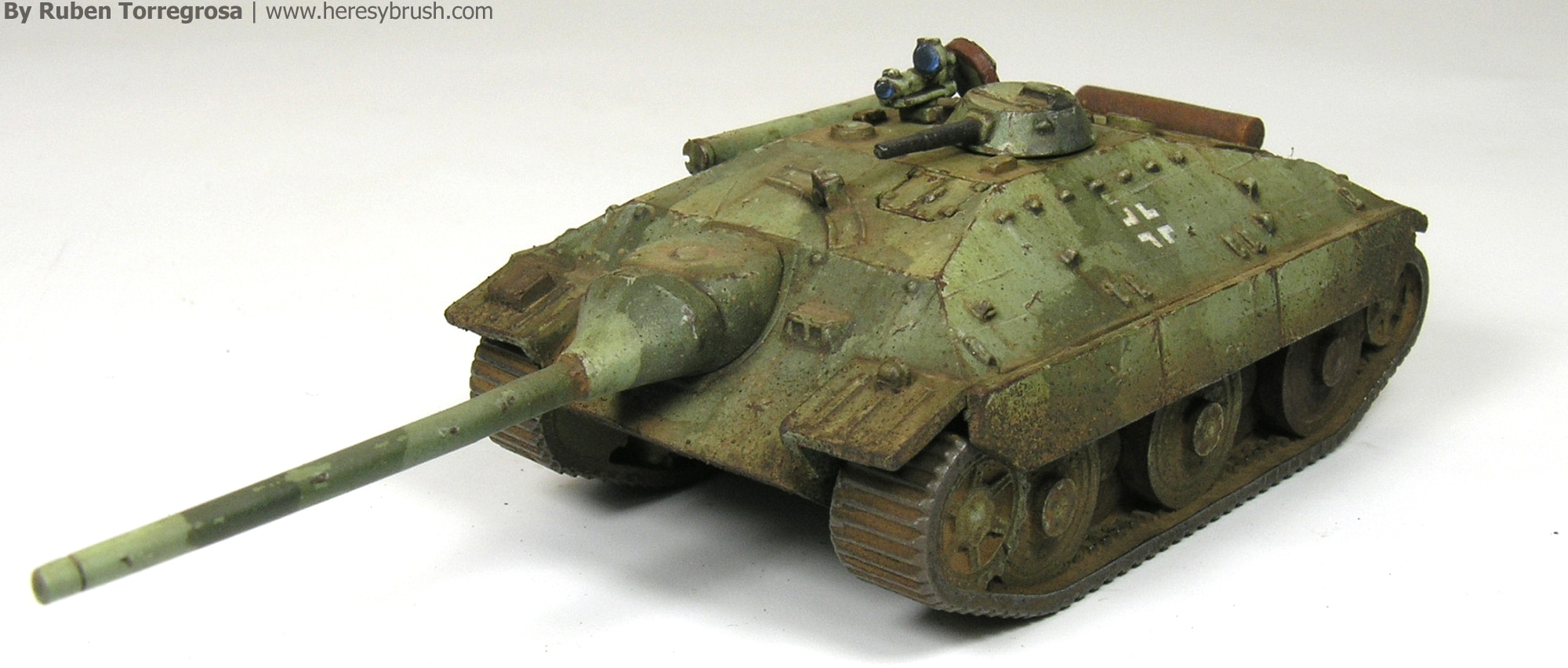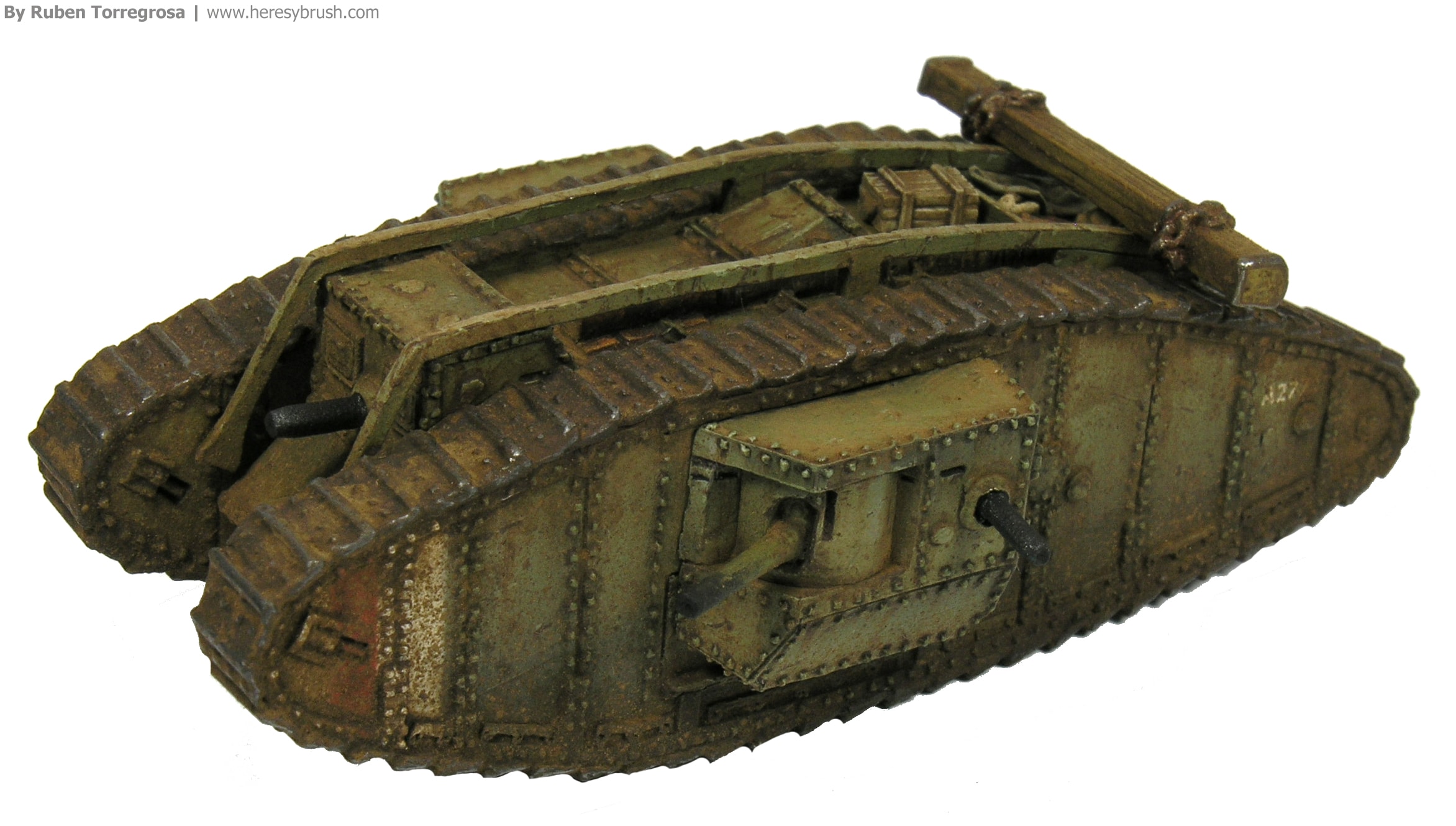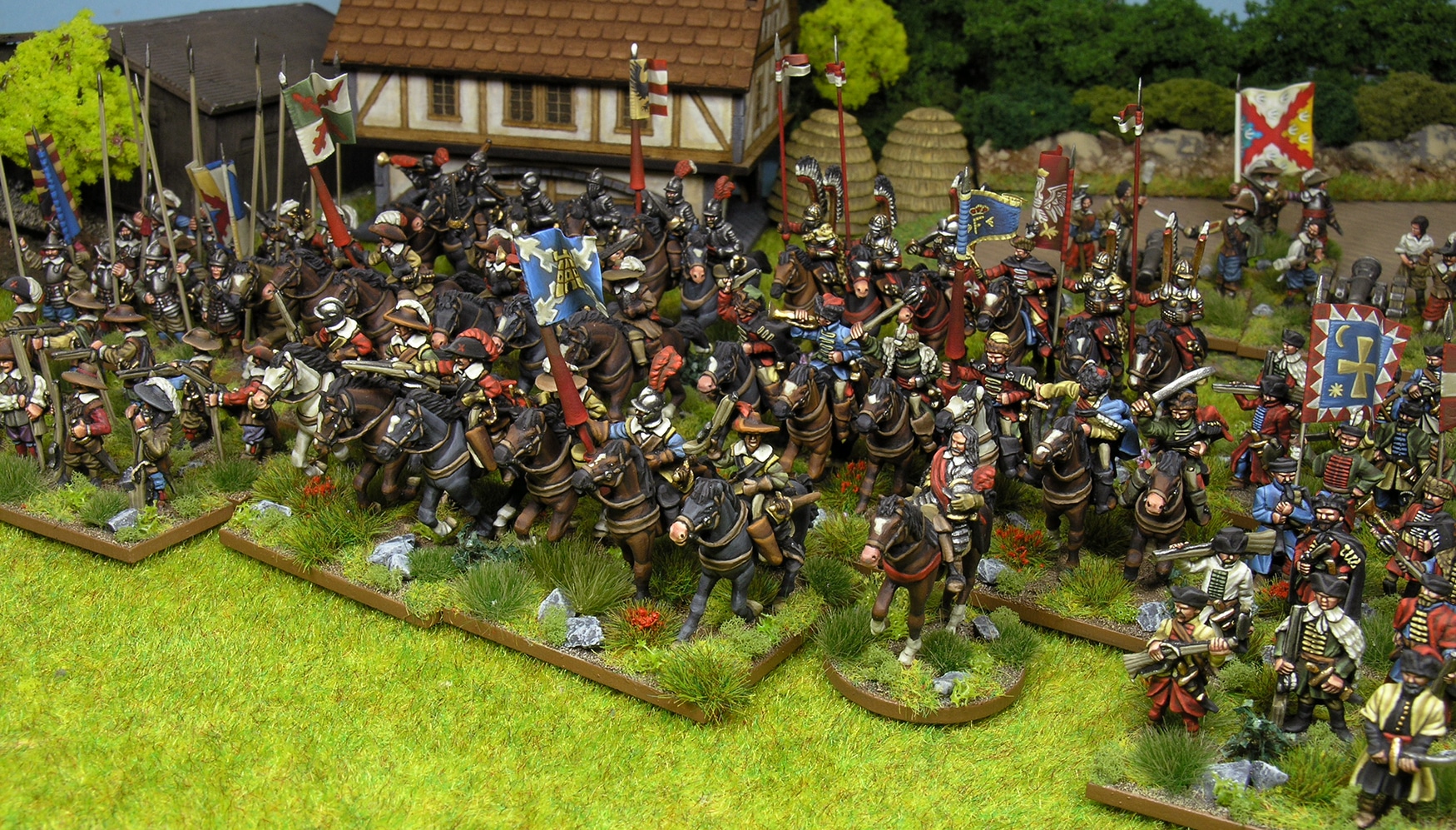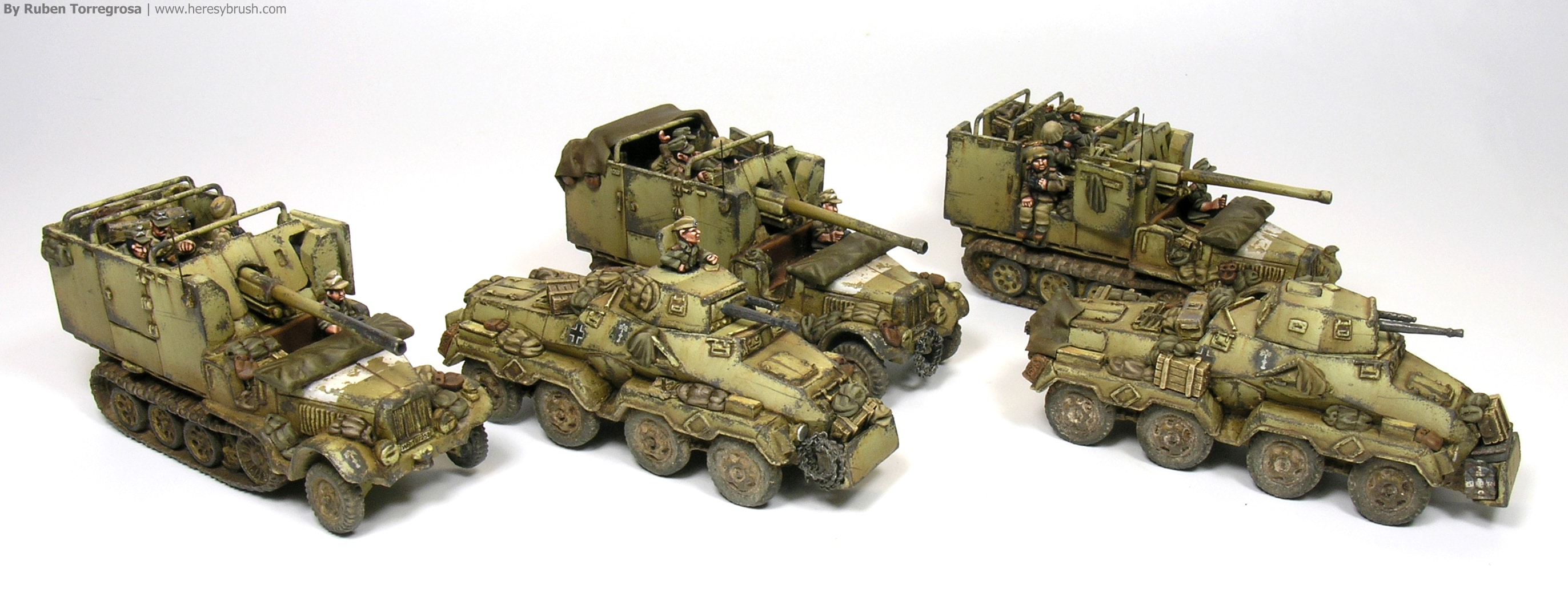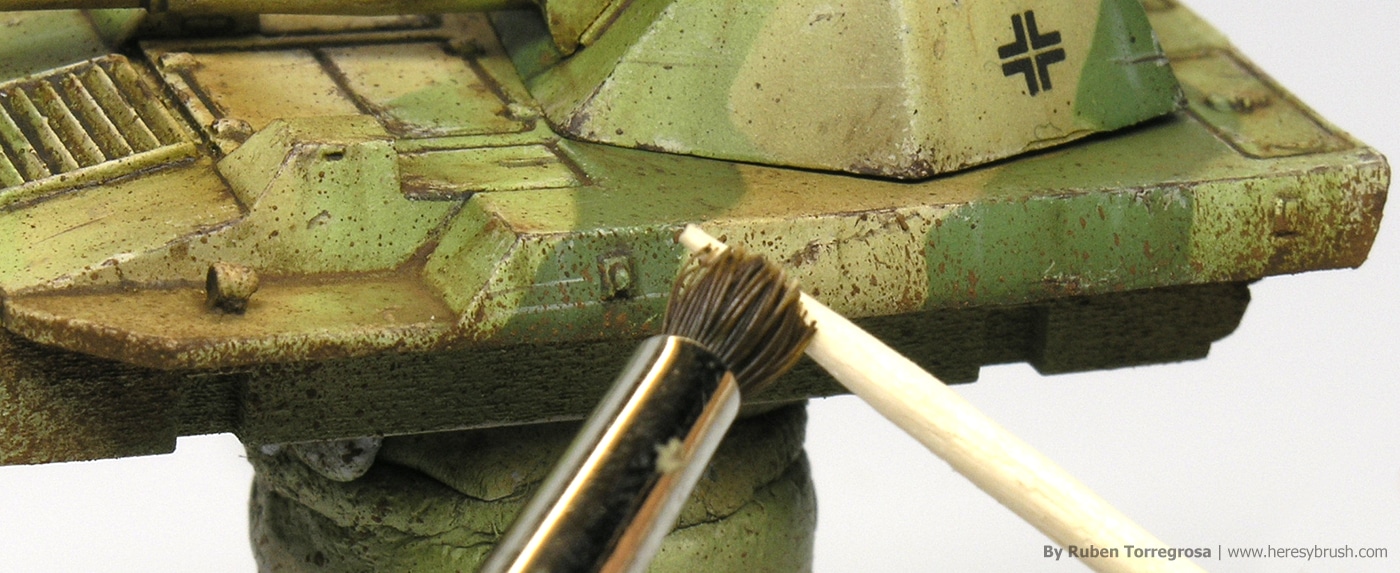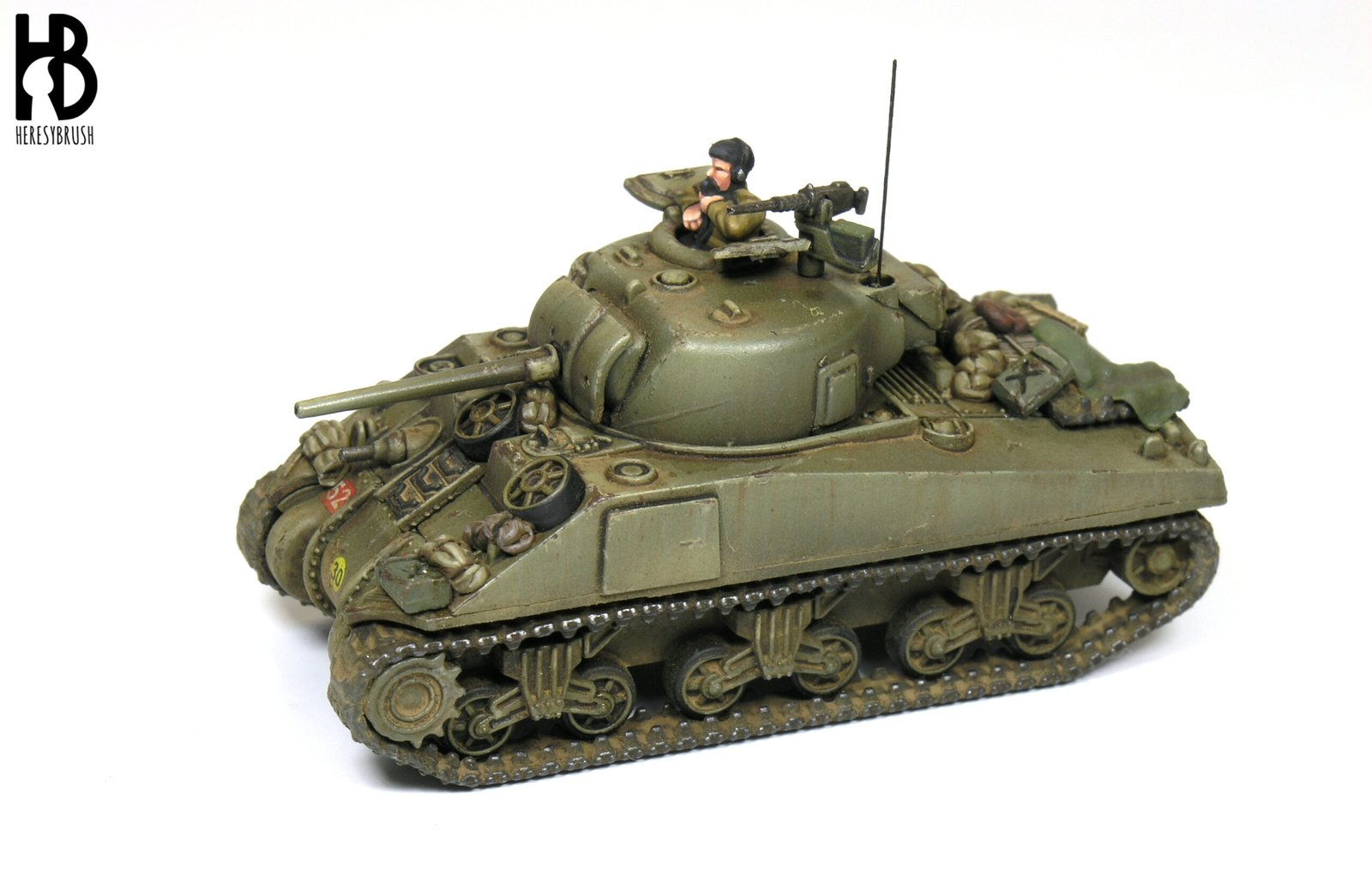Once again, it has been a while since I posted last time something here. Since I moved to Helsinki, my painting time has been dramatically reduced to a few hours per week. And some weeks, zero. In spite of this setback, I continue working slowly on several projects such as a new Age of Sigmar army, which I am painting as part of a panting league in Modelbrush.com (a blog I run with my brother and couple of very good friends), or the new 15mm range from Forged in Battle featuring the Dark Age. In fact, I have been more…
How to make flags
In this tutorial I would like to share with you the method I use to make flags for our wargame armies. Although paper-printed flags are much easier and quicker to use, and basically we can find any design we need on the internet, the final effect is not the same. In my humble opinion, printed-flags lack charisma; and most of the times, they do not reflect the same [painting] style our miniatures have. They look like a part of a toy. When I see one, I immediately think: it does not belong here. Therefore, I prefer to hand-paint my own…
War in the Middle-East
Over the last years I have been commissioned to paint plenty of miniatures featuring the Middle-East conflicts we have sadly seen in the TV lately. I am the first one who consider that there might be something wrong with this… when these conflicts are very close in time and space. But let be honest. As wargamers we do not require much motivation to start collecting and painting tiny miniatures. Just a book, a movie…or the BBC channel. We like to simulate any conflict and play one of our “chess games”. And this has nothing to do either with the war…
How to paint the 1980 Spanish army
Today, I have another painting guide to share with you. If last time we saw how to paint Spanish Tercios, this time we move a bit forward until 1980. I have ad-hoc prepared a painting guide for the new Totentanz Miniatures Kickstarter campaign which covers the 1980 Spanish army in 15mm (perfect to play Team Yankee!). In this guide I show how to paint Spanish infantry in a detailed step-by-step guide, besides a couple of color sheets; one of them dedicated to the AMX-30E tank. This time the painting guide has been prepared in collaboration with Modelbrush. Note that the…
Painting 15mm tanks: E25 tank hunter
I painted this German tank –one of my favorites WWII tanks, although it was a prototype– two years ago. It is a E-25 tank, produced in 15mm by Khurasan Miniatures. Although I have already published similar painting guides in my blog, I think that there is always something new to learn. The main topic of this article is the combination of the hairspray technique (or chipping effect fluid) with masks to create worn tritonal camouflage. Step 1 – Preparation We remove all imperfections from the model with a modelling knife and files. Then, glue some parts such as hatches, but…
Extreme weathering in 15mm: Mark IV
Almost two years ago I received a number of lovely 15mm WWI tanks from Battlefront Miniatures, and I started immediately working on a video-tutorial to explain how to paint a British Mark IV tank. I completed the first part of the tutorial regarding how to paint the base color and published the video (see below). Nevertheless, the poor quality of the video discouraged me from recording a second part. Instead, I put the tank into a box with the idea of buying a new video camera in the future. Unfortunately, I haven’t had the chance (nor the money) to buy…
Painting mounted units
I hate painting horses. It is a fact. It is repetitive and monotonous. And I have never found it fun. However, here I am; I continue painting horses (at least another almost forty for my Thirty Years War army…). And I am not going to stop because although I hate painting horses, mounted units are very impressive, aren´t they? Somehow, I would like to share with you some tips I have learnt after painting several mounted units, although I have to concede that some of them are personal opinions. But you will agree with me that is not the same…
How to paint Afrika Korps vehicles
After painting two infantry platoons of Deutsche Afrika Korps for my brother, I have painted two vehicles units: three tank hunters Diana and two recon Sdkfz 232 8 rad. I wonder when he is going to start painting the rest of his army! Anyways, I wanted to share with you this simple painting guide to simulate the classical chipping effect on DAK vehicles using an easy technique. When I have a vehicle platoon in my hands, I always try to avoid the repetition and monotony. That is, whether I have three vehicles in the platoon, I will add different elements…
Mud splatter effects in 15mm
While I am working on different projects, such as the new PaintingWar book focused on the Spanish Civil War, I have no time to prepare any tutorial for my blog. It is a pity. Nonetheless, you can follow my work in www.ModelBrush.com, a blog which I run with some friends. Strikingly, I have found an abandoned painting guide in my computer (that is, unpublished) and I would like to exploit it, starting by this “mud splatter effects in 15mm” tutorial. A very simple but very effective weathering effect. I have already commented this effect several time in my blog, but…
How to paint a British Sherman tank, and a new book: Painting Wargame Tanks
It’s a great pleasure to announce a new book published by AMMO of Mig Jimenez where I have actively been collaborating beside Mig Jimenez and Carlos Cuesta. The book contains 96 pages. After a short introduction about general materials and techniques (differences between acrylics and enamels, what is a filter or a wash, how to clean the airbrush…) you can find ten complete painting guides “step by step” of different tanks (mostly Germans, but there are also from USA and Soviet Union). The three firsts pretend to assimilate the knowledge showed in the introduction (we can say “basic level”), while…
